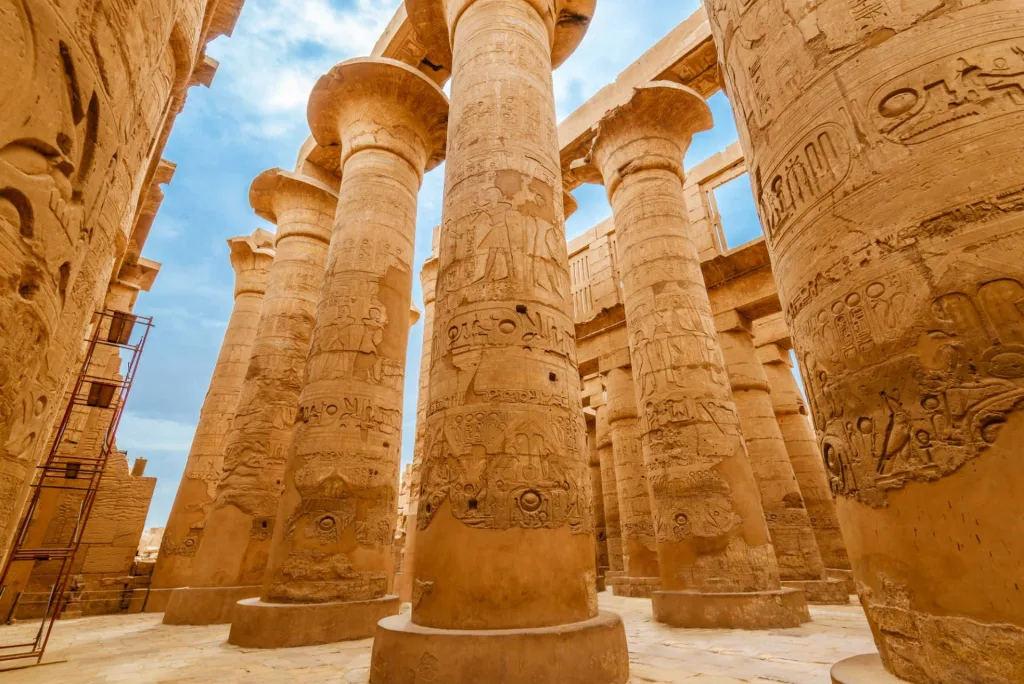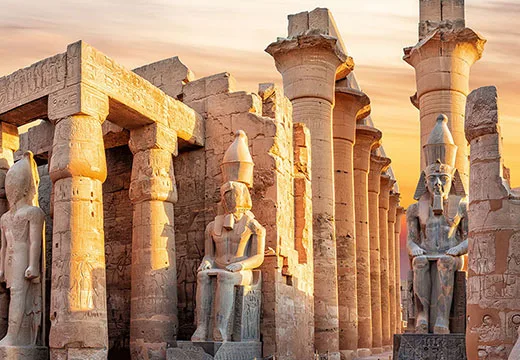The mystery in the stones gave many questions along the history, which didn’t reveal its secrets.
The Carnac stones are a dense collection of more than three thousand standing stones around the French village of Carnac—the largest such collection in the world. The stones were erected between 4500 and 3300 B.C.
There is a variety of theories as to the purpose of the stones. Some claim that the stones are aligned astronomically, with the intention of creating an observatory or a calendar system. Others believe that they were actually used as primitive seismic instruments, with the balanced stones acting as earthquake detectors. The Carnac site is also thought to support the controversial idea of the “megalithic yard”, a theoretical common unit of measurement that was used to build most megalithic sites.

The stones were erected during the Neolithic period, around 4500 to 3300 BCE
The Carnac Stones are one of the largest collections of megalithic sites in the world. Located in the Brittany region of northwestern France, these ancient stone alignments consist of thousands of standing stones, known as menhirs, and other structures such as dolmens, tumuli, and stone circles. The stones were erected during the Neolithic period, around 4500 to 3300 BCE, and are spread across various sites near the village of Carnac.
Here are some key points about the Carnac Stones:
- Alignments: The most famous alignments are the Menec, Kermario, and Kerlescan alignments, which together consist of over 3,000 standing stones arranged in rows stretching for several kilometers.
- Menhirs: These are large standing stones, often arranged in linear formations. The largest menhir in the Carnac complex is the “Giant of Kerzerho,” which stands over 20 feet tall.
- Dolmens: These are stone tombs composed of large, flat stones laid on top of upright ones, creating a chamber. Some of the dolmens in Carnac are covered by earthen mounds, known as tumuli.
- Purpose: The exact purpose of the Carnac Stones remains a mystery, but they are believed to have had religious, ceremonial, or astronomical significance. Some theories suggest that they were used for rituals, ancestor worship, or as a form of astronomical calendar.
Carnac Stones could have functioned as a gate !
The idea that the Carnac Stones could have functioned as a gate is one of the many theories about their purpose. Some researchers speculate that the alignments of stones might have marked the boundaries of sacred or ceremonial areas, effectively acting as gates or portals to these spaces. This theory suggests that the stones could have been used to control access to important religious or ritual sites, ensuring that only certain individuals or groups could enter.
While this gate theory is intriguing, it’s important to note that there is no definitive evidence to support it, and the true purpose of the Carnac Stones remains a mystery. The stones’ precise alignments with celestial events, such as solstices and equinoxes, also suggest that they may have had astronomical or calendrical significance.

Similarities connect between the French Carnac stones and the Egyptian Karnak temple
The name “Carnac” does indeed share some phonetic similarities with “Karnak,” which is the name of a major temple complex in Luxor, Egypt. The Karnak Temple Complex is one of the largest religious buildings ever constructed and was dedicated to the god Amun, among others. It was built over many centuries, with contributions from various pharaohs.
Both the Carnac Stones and the Karnak Temple Complex are impressive examples of ancient human ingenuity and dedication to their respective cultures’ spiritual and religious practices. While they are from different periods and regions (Neolithic Europe and Ancient Egypt), they both highlight the importance of monumental architecture and the human desire to connect with the divine or the cosmos.
The idea of a connection between the Carnac Stones and the Karnak Temple Complex based on their astronomical significance is indeed intriguing. Both sites demonstrate the ancient peoples’ sophisticated understanding of the cosmos and their desire to incorporate this knowledge into their monumental structures.
While there is no direct evidence to suggest that the builders of the Carnac Stones and the Karnak Temple Complex had contact with each other or influenced each other’s designs, it’s fascinating to consider the similarities in their approaches to aligning their structures with celestial events. For example:
- Carnac Stones: The alignments of these stones suggest they could have served as an astronomical calendar, marking the solstices, equinoxes, and other significant celestial events. This would have been crucial for agricultural and ceremonial purposes.

- Karnak Temple Complex: The layout of this temple complex in Luxor, Egypt, includes alignments with the solstices and other important astronomical events. The Great Temple of Amun-Re, for instance, is aligned with the midwinter sunrise.
Both sites highlight the importance of astronomy in the spiritual and practical lives of these ancient civilizations. Although there is no direct connection between the two, the shared emphasis on celestial alignment underscores a common human quest to understand and harness the power of the heavens.
